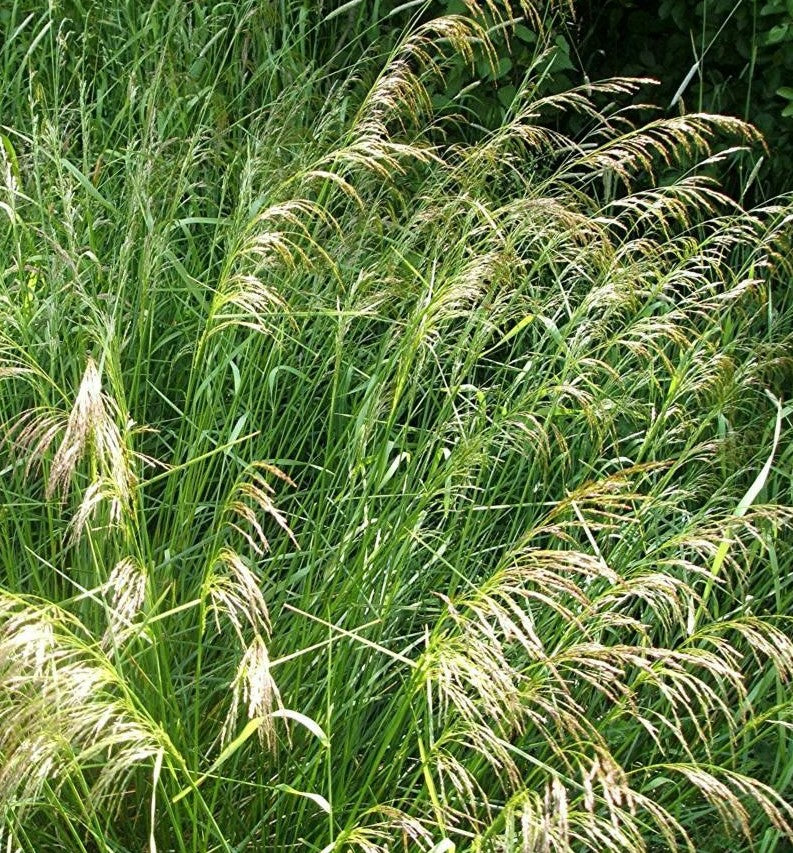1
/
of
1
DESCHAMPSIA CESPITOSA / TUFTED HAIR GRASS
- Regular price
-
$24.95 CAD - Regular price
-
- Sale price
-
$24.95 CAD
Shipping calculated at checkout.
Couldn't load pickup availability
Delivery Fees
Delivery Policy
Enjoy FREE delivery on all orders over $149!
For orders between $80 and $149, a $18.99 delivery fee will apply.
Orders under $80 will be prompted to add more items to your cart.
- Ornamental Grass: Tufted hairgrass is a popular ornamental grass in landscaping due to its graceful, arching foliage and delicate, airy seed heads. It adds texture, movement, and visual interest to gardens, borders, and naturalistic landscapes.
- Habitat Plant: In its native habitat, Deschampsia cespitosa is commonly found in a variety of ecosystems, including meadows, woodlands, and wetlands. Its adaptability to different soil types and moisture levels makes it a valuable plant for habitat restoration and wildlife gardening.
- Wildlife Attraction: The feathery seed heads of tufted hairgrass provide nesting material and cover for birds and insects. Additionally, the plant is a larval host for some butterfly species, contributing to local biodiversity.
- Erosion Control: Tufted hairgrass has an extensive root system that helps stabilize soil and prevent erosion, making it useful for erosion control in riparian areas, on slopes, and in disturbed landscapes.
- Versatile Growth: This grass is tolerant of a wide range of light conditions, from full sun to partial shade. It is also adaptable to different soil types, although it thrives in well-drained, moist soils. Its ability to grow in varying conditions adds to its versatility in landscaping
- BLOOM TIME: EARLY TO LATE SUMMER
- GRASS TYPE: COOL SEASON
- SPREAD 60-80 CM
- HEIGHT 60-100 CM
- PLANT ZONE 5
- NATIVE TO ONTARIO
Care Instructions
Different plants have different watering needs. Check the soil moisture by inserting your finger about an inch into the soil. If it feels dry, water the plant until the water drains from the bottom of the pot. Avoid overwatering, as it can lead to root rot.


DESCHAMPSIA CESPITOSA / TUFTED HAIR GRASS
- Regular price
-
$24.95 CAD - Regular price
-
- Sale price
-
$24.95 CAD
SALE
All Echinacea & Monarda, Buy 4 get 1 Free! No code required


